Monarch butterflies…Goldenrod blooming in the dunes…marsh grass turning yellow…all very shore specific signs of fall!
Author Archives: ann
Flood Insurance and Elevation
This information is relevant with anticipated changes to the federal flood insurance program. Â Homes currently “grandfathered” because they met the elevation code when built in the 80s and 90s, may now be rated differently.
 Post from February 2020:
The regulations regarding elevation play a major role with an owner’s plan to either renovate or build new.
A Flood Elevation Certificate is needed to determine the official elevation of both the land and the first floor living area. Â For example, “curb” elevations on the island range from 5 feet above sea level to just over 12 feet. Â Â The island may seem flat, but the subtle inclines exist!
Obviously a home with a lower curb elevation will need to be higher off the ground to meet code.
Now back to the charming beach cottages. Â A lender will require flood insurance which is calcuated on the elevation. Â If the home meets code, the annual premium will be approximately $900. Â If the structure sits too low, the premium could be as high as $5500.
When a major renovation is planned, the municipality will require the structure to be brought up to code.
At this point, a property owner can compare the cost of lifting/renovating their home, or building new.
If the lot is undersized and/or the structure is larger than would be permitted today, lifting may be the best option to retain livable square footage.
If you have any questions regarding local real estate, I am here to help! Â 609-967-7950
Comments and Conversations
With the quiet months of fall, I’m more likely to overhear conversations between neighbors, and people chatting as they walk by the office.
A few recent exchanges that stand out:
“I’ve heard that the wind just blows like crazy all winter.” Â TRUE
“We are here full time…well of course, not in the winter.” Â Â HUH ??
“Our porch furniture and grill should be fine out on the deck.” Â SEE WIND COMMENT
“It’s too early to winterize the outside shower. Â We will be back down next month.” IT GETS COLD IN NOVEMBER
Even with the picture perfect weather, it’s time to plan for the cold months ahead!
My annual post:
A check list for shore owners:
1) Disconnect the garden hose and turn off/drain any faucets that aren’t frost proof (most faucets on decks are NOT frost proof). Turn off and drain the outside shower (often overlooked and those pipes are the first to freeze and break).
2) Close the foundation vents and secure the crawl space door (the newer Smart vents will close automatically).
3) Secure/store trash cans, deck furniture, kayaks, grills, flags, etc.
4) Unless you completely winterize the house (drain the water), turn on the heat to 55- 60 degrees. Â The upper floors can be set slightly lower, but not below 50 degrees. Â A whole house water shut off valve is an extra level of protection against frozen pipes in the event of a power failure.
5) Open the cabinet doors below all sinks to allow heated air to circulate around the pipes.
6) Lock all windows (especially casement style that open with a crank handle) and sliding glass doors. Strong winds can vibrate a door or window open!
7) Unplug small appliances.
8) Check the kitchen sink for any random food items left in the garbage disposal – run with ice cubes or a piece of lemon.
9) Empty and turn off the ice maker if you won’t be using the house for an extended period of time.
10) Open the lid on the washer and prop open the door to the dishwasher to avoid musty odors.
And ideally, hire a winter watch service for peace of mind. Â I am happy to recommend someone if needed.
October Views
Beautiful morning with slightly higher than normal tides.
The tips of the march grass have an orange tint. Â Herons are hanging out on the empty docks (and have taken over the now vacant osprey nests!)
While this is somewhat ordinary, I also appreciate the uniqueness of our life.
So grateful!
October 2021
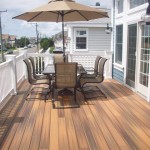 It may FEEL like summer, yet we are definitely in the off season mode with planning for next year.
It may FEEL like summer, yet we are definitely in the off season mode with planning for next year.
The demand for 2022 vacation rentals is well above normal. Â And tenants are motivated to secure their beach house months in advance!
If you are thinking about renting out your shore home, now is the time to confirm rates and availability.
I’m here to help owners and tenants with their plans: Â ann.delaney@timkerrsir.com or 609-967-7950
Golf Cart Safety
 An important warning based on a recent alarm call handled by the Avalon Fire Department:
An important warning based on a recent alarm call handled by the Avalon Fire Department:
Batteries in golf carts emit hydrogen (an odorless, colorless, and highly flammable gas) when charging.
In high quantities, Â hydrogen gas will activate a carbon monoxide detector.
The alarm call to the Avalon Fire Department was caused by a cart charging while inside a closed garage.
Therefore, charging the cart should be limited to outside, or in a well ventilated area.
Rounding the corner to September
Noticeably quieter during the week. Â As schools return to an in person setting, families are unable to extend their beach time like last summer. Â And unfortunately, some local businesses are reducing their hours due to lack of help.
Yet we know there will be plenty of peaceful beach days ahead!
Watch the Weather!
We are not expecting any major issues from Henri, yet it’s smart to be prepared:
Secure all possible flying objects- trash cans, deck furniture, umbrellas, and beach chairs.
Close and lock the door for the outside shower; likewise the storm door.
Be aware of possible flooding, and move vehicles to a driveway or parking lot (street parking is risky is certain flood prone areas).
Head to the inlet and watch the power of Mother Nature!
Picture from a past storm:


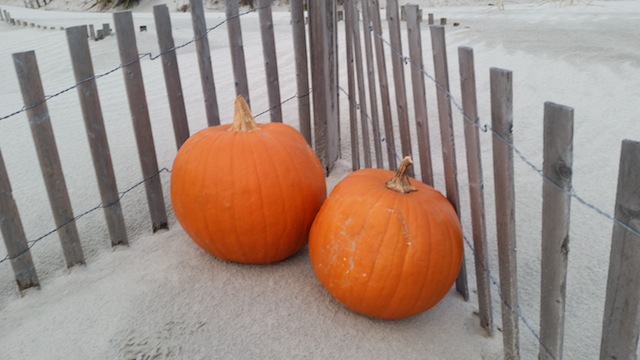

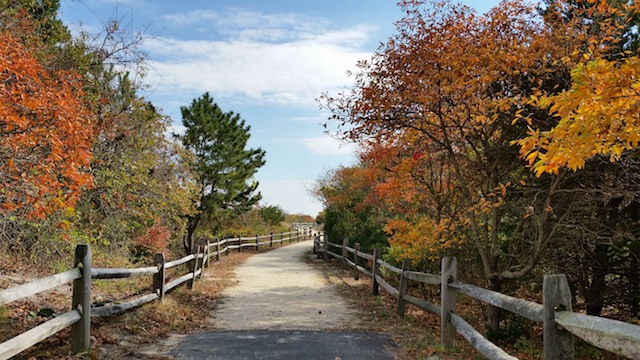
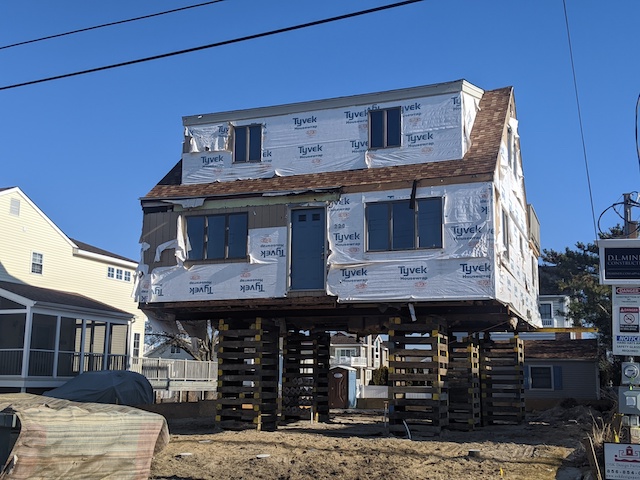

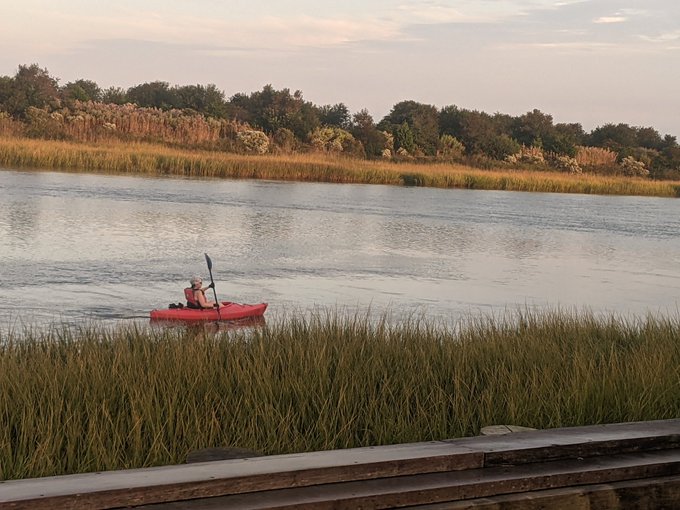
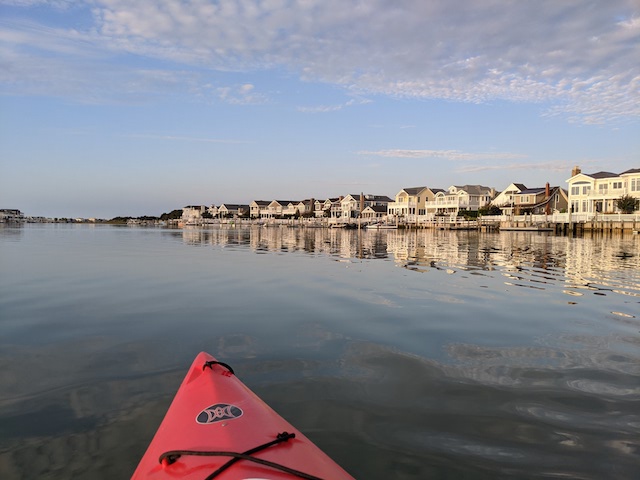

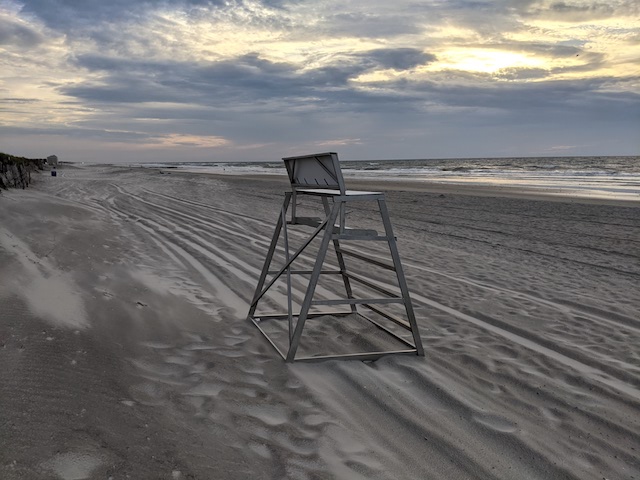
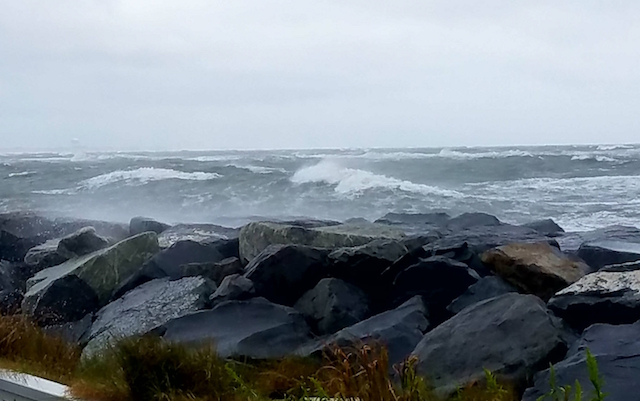

The Travel Version of Comfort Food
As we slowly merge back on to the travel lane, I find that many of us are looking for the “comfort food” equivalent for our vacations.
A familiar setting with positive past experiences feels less stressful.
This common outlook certainly explains the boom with our 2022 summer rentals!
Hanging out at the beach with family/friends is easy and relatively low key.
In January, my sisters and I will fly to Naples, Florida to celebrate milestone birthdays. Â We will return to the neighborhood where we rented homes in the past, spend our days at the same nearby beach, and visit all of our favorite restaurants. Â Nothing fancy or super adventurous…which sounds perfect to me right now!